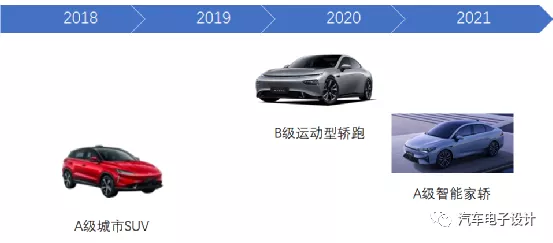After checking out the release of XPeng’s third car model, the P5, I think there are a few interesting points worth noting.
1) Although the specific parameters and price of P5 have not been announced yet, the current product positioning should be lower than P7 and higher than G3. Generally, sedans and SUVs on the same platform have different prices due to the space and power requirements of SUVs, with SUVs being significantly more expensive than sedans in both fuel and electric versions. However, XPeng has taken a differentiated approach to positioning with the P5.
2) In terms of intelligence, XPeng has shifted from XP3 to XP3.5, and from the deployment of LiDAR, we can see that regardless of the angle of the car’s positioning, XPeng has completely separated intelligent hardware + software as an additional function to create a unique feature for itself. Therefore, regardless of the car’s positioning, the intelligent cabin and intelligent driving functions will always be present as independent selling points. Therefore, with the P5’s configuration, LiDAR is also part of the intelligent suite that users can choose from.
In fact, beginning in 2020, the A-level car category in the 150,000-200,000 RMB range has become the most difficult to sell, due to differentiation competition from Tesla and new energy B-level cars. Whether XPeng’s P5 car can have a different effect remains to be seen, and is something we all eagerly await.
What really caught people’s attention here is XPeng’s newly launched XPILOT 3.5 automatic driving system, compared with the P7 in sensory hardware, both vehicles boast 13 cameras, 12 ultra-sonic radars, and 5 millimeter wave radars, as well as assistance-driving chips from NVIDIA’s DRIVE Xavier. On this basis, the P5 has added two additional LiDAR sensors compared to its ‘older brother’ the P7. These two are Livox-customized LiDAR sensors, located on both sides of the front bumper working with the existing software to assist and provide driver guidance on city roads using NGP navigation assistance.
Livox’s custom-made version of the laser radar, based on a Horiz sensor, uses a prism scanning solution and can detect up to 150 meters away, with a lateral viewing angle of 150 degrees and a point cloud density of 144 lines. The angle resolution can be up to 0.16° with a central area refresh rate of 20 Hz. From the perspective of the sensor configuration, the vehicle can increase the redundancy of the two side perceptions through these two LiDAR sensors, providing effective identification and confirmation of pedestrians, bicycles, and electric bicycles on city roads. With these two LiDAR sensors, more accurate distance confirmation can be achieved as well, with the ability to identify cars that cut in from the sides in traffic congestion.On the Chinese roads, the ability to recognize and detect various static obstacles and small unknown objects has been significantly enhanced through the production of point clouds. In terms of application, it can also increase the robustness of the environment, broaden the recognition ability in photosensitive environments, such as in scenes with low light, backlight, alternating light and dark in tunnels, and improve the performance.
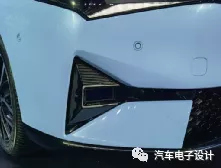
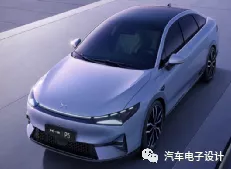
Regarding XP3.5, XPeng’s gameplay has also introduced the memory parking function, which is realized by memorizing the route and implementing complex path parking from point A to point B. Here, multiple radar, camera sensing fusion solution, and intelligent decision-making algorithm are used to achieve parking assistance for complex scenes such as vehicles entering and leaving the warehouse, oncoming traffic, pedestrians shuttling, consecutive right-angle turns. With the redundant perception of two laser radars, the function in low-speed scenarios such as meeting other vehicles, bypassing pedestrians, etc., will be further improved compared to XP3.0.
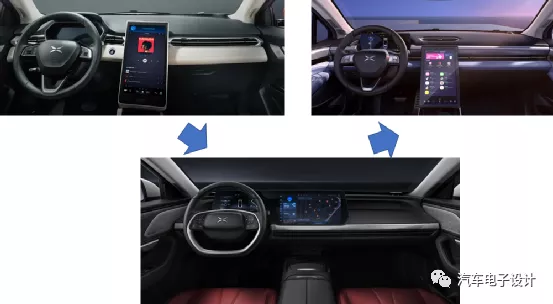
Another interesting feature is the cockpit system of P5. The screen has returned to the familiar tilted layout (in fact, the double screen’s viewing angle may be better, which is also the distinguishing feature from P7). The core of the cockpit is still the hardware computing platform, which introduces the third-generation flagship digital cockpit of Qualcomm Snapdragon SA8155P. (P7’s intelligent cockpit system is equipped with the 820A chip, which shows that the chip’s computing power is becoming stronger with the update of the vehicle.) This cockpit chip is also a fighter jet in the current cockpit chip and provides support for the operation of the cockpit in the future.
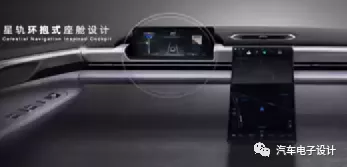
At present, the 12V DC power supply of intelligent vehicles is provided through the high-voltage battery. P5 also uses a solar intelligent roof. The high-performance solar film covers the dark area on the roof to achieve intelligent ventilation and air exchange in the car in outdoor parking situations and charge the battery while driving. On the one hand, it can effectively use the power generated by solar energy to effectively cool the vehicle, and the overall roof does not affect the transparency of the roof visibility area.
Summary
Due to a time gap of one year, some of P5’s intelligent features surpass those of the previous P7. Now, XPeng’s approach is more like an iterative approach around intelligent cars, rather than following the familiar and simple product classification method we were used to before. This is an interesting attempt of intelligent electric vehicles.
This article is a translation by ChatGPT of a Chinese report from 42HOW. If you have any questions about it, please email bd@42how.com.
